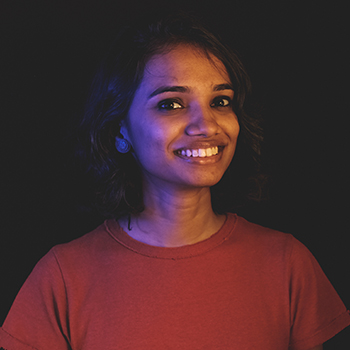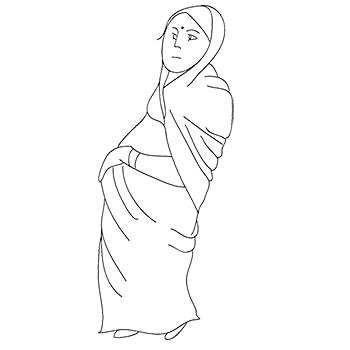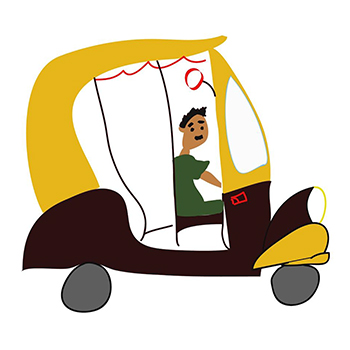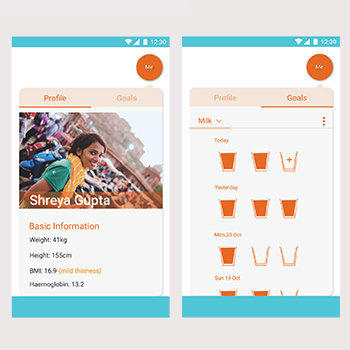Non-communicable diseases would become the leading cause of death in the world by 2030. Most of these diseases are caused by poor dietary habits, addictions to tobacco and alcohol, and a sedentary lifestyle. The aim of the project is to focus on people's dietary habits. What people eat in their 20s determines the likelihood of them contracting lifestyle diseases in the subsequent decades.
The idea is to persuade people to eat healthy. The target group is IIT students, who are young adults in their 20s. They have the opportunity to get into a healthier lifestyle before they enter the working phase. The design solution focused on making healthy food more visible.
While most students believe that the mess food is healthy, a lot of them confess to having unhealthy lifestyles due to erratic routines, skipping meals, etc. Some believe that there is a dearth of healthy food on campus. As a matter of fact, the mess councils in all the messes have to abide by certain nutritional standards while designing their menus. This implies that the messed-up food is predominantly healthy and balanced.
So what could be done in order to promote a healthy diet? The design solution focused on charting a merit list of food items during each meal as per the user’s BMI. This means that for an underweight user, the menu would look different from that for an overweight user. The healthiest food suggestions occupied the green spot, while the unhealthiest ones occupied the red spot. The healthiness of the food items is defined by calculating the protein, carbohydrate, and fat content of each.
While research shows that people modify their food consumption if they are exposed to the caloric or nutritional content right before they make purchase decisions, it is ambiguous as to where the appropriate trigger lies in the case of food that is not directly purchased, such as in a hostel mess. The project attempts to solve the problem of the visibility of healthy foods as well as the viability of the health prompts so that the user can be persuaded into making healthy food choices.




